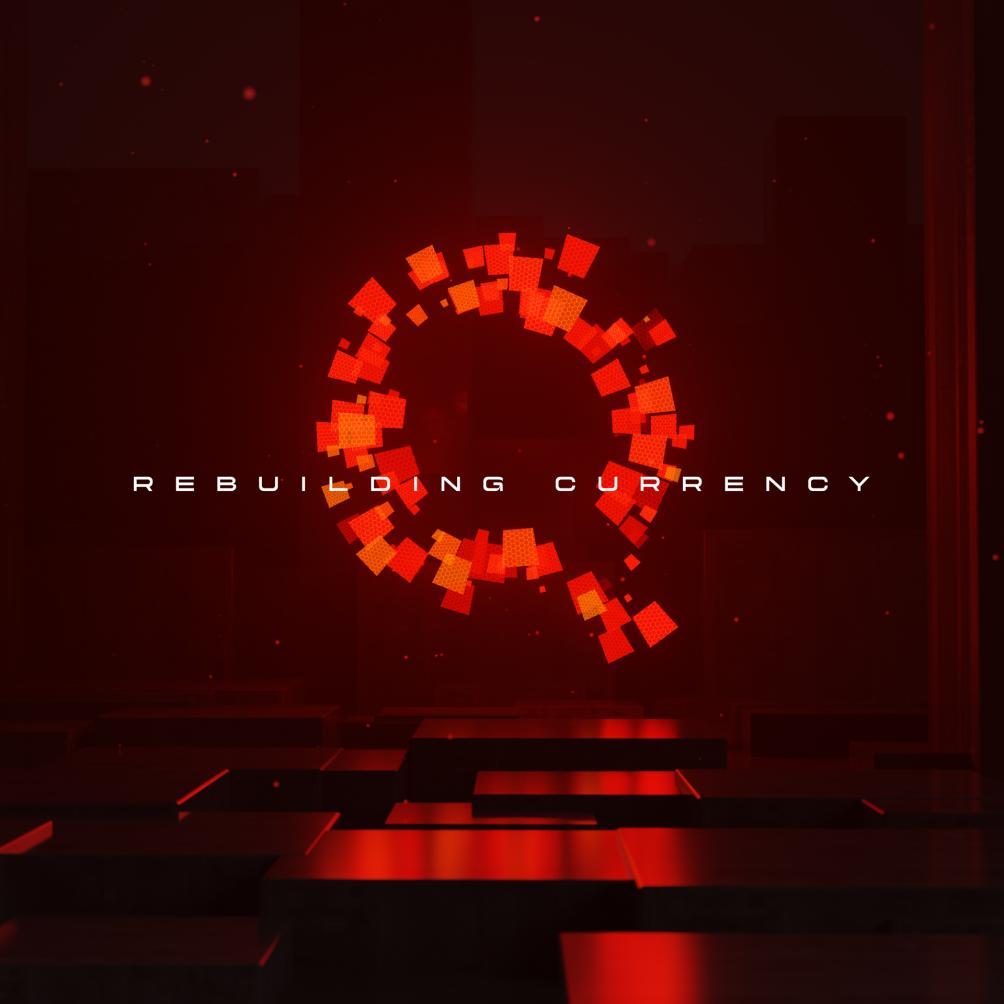
Welcome to the twenty-seventh edition of “This Week in Quai,” an initiative by the development company of Quai Network, Dominant Strategies. This Week in Quai offers weekly updates to the Quai Community by aggregating popular Quai quotes and social posts from the past week and offering a schedule for upcoming events.
Want to get “This Week in Quai” delivered straight to your inbox? Sign up for the Quai Newsletter by Dominant Strategies.
What is Quai?
Quai Network is a pre-launch cryptocurrency. Quai is the first blockchain protocol that is simultaneously decentralized, censorship resistant, and infinitely scalable. Quai, in contrast to traditional cryptocurrencies, functions as a network of many interoperable blockchains braided together. Due to a breakthrough discovery that occurred during research on Proof-of-Work, Quai Network utilizes a new consensus mechanism, Proof-of-Entropy-Minima (PoEM), which eliminates all consensus-based forks, and enables all Quai nodes to remain in “perpetual consensus.”
Quote of the Week
“More than 3 million blocks have been mined in the Iron Age Testnet!
🤖 Thousands of nodes still online
⬆️ 13 go-quai releases
📈 Over 65 million transactions processed
‼️ Peak throughput of over 2,200 TPS
”
In this Quote of the Week from the Quai Network Twitter, metrics from the Iron Age Testnet milestone of hitting 3,000,000 blocks mined were shared. The recent throughput testing of the Iron Age Testnet drove up the “transactions processed” and “network peak TPS” metrics significantly, and a new node client update was released to allow for the community reporting of data to https://stats.quai.network/.
Thus far, the Iron Age Testnet has allowed for the Quai ecosystem and community to mature dramatically:
- Community reporting to https://stats.quai.network/
- Proprietary miners that mine for a dev fee
- Community scripts for mining and development
- Major reduction in CPU usage based on community reports
- Elimination of SIGSEGV error in miners based on community data collection
With the Iron Age Testnet a bit more than halfway over, there’s still plenty of time left for testing and development! Our team at Dominant Strategies is very happy with all of the community participation that has already happened, and is looking forward to seeing what happens throughout the remainder of Testnet.
Technical Term of the Week
Smart Contract – a self-executing computer program that automatically enforces, verifies, and executes the terms of an agreement or contract between parties without the need for intermediaries.
Smart contracts, while first conceived by Nick Szabo in the 1990s, are still very new. The first “modern” smart contract was deployed on Ethereum in 2015, opening the doors for blockchain-based agreements and applications.
Szabo’s classic example of a smart contract is still accurate today:
“A canonical real-life example, which we might consider to be the primitive ancestor of smart contracts, is the humble vending machine. Within a limited amount of potential loss (the amount in the till should be less than the cost of breaching the mechanism), the machine takes in coins, and via a simple mechanism, which makes a beginner’s level problem in design with finite automata, dispense change and product fairly.”
Smart contracts perpetually look for their conditions to be filled, and, once those conditions are filled, automatically execute. When deployed on a blockchain, smart contracts can deal with cryptocurrency, and thus real-world value. The concepts behind Szabo’s simple example of a vending machine have been extended to create complete decentralized applications that allow for the exchange of digital currencies, the buying and selling of digital assets like NFTs, and smart-contract based voting and organization.
The Quai protocol has been designed to support smart contracts in a very similar way to existing blockchains like Ethereum. However, Quai’s multi-chain architecture allows for new properties of smart contracts to be explored. For example, because the first byte of each Quai address acts as a chain identifier, smart contracts can have the ability to determine which chain assets arrived from, which chain(s) a token has been on before, and whether or not an address interacting with the contract is in the same chain as the contract or a different chain. To learn more about smart contracts in Quai (and potentially start learning how to deploy them on the Iron Age Testnet yourself!), visit the Quai documentation.
Top Posts of the Week
- A method of deploying a node on GCP was released to the Quai Docs:
- The throughput Testing of the Iron Age Testnet was successful, operating at 2k+ TPS for 24 hours:
- Community Node Wranglers have been added to the Quai Stats page:
- This Week in Quai 11/10/23 covered the reason why all Quai code is open source, and the concept of gas in Quai Network:
Upcoming Events
Quai Network Office Hours with Justin: November 21, 2023 @ 10am CST – Join Dominant Strategies team member Justin for a casual discussion/AMA on Quai Network’s technology & Iron Age Testnet!
